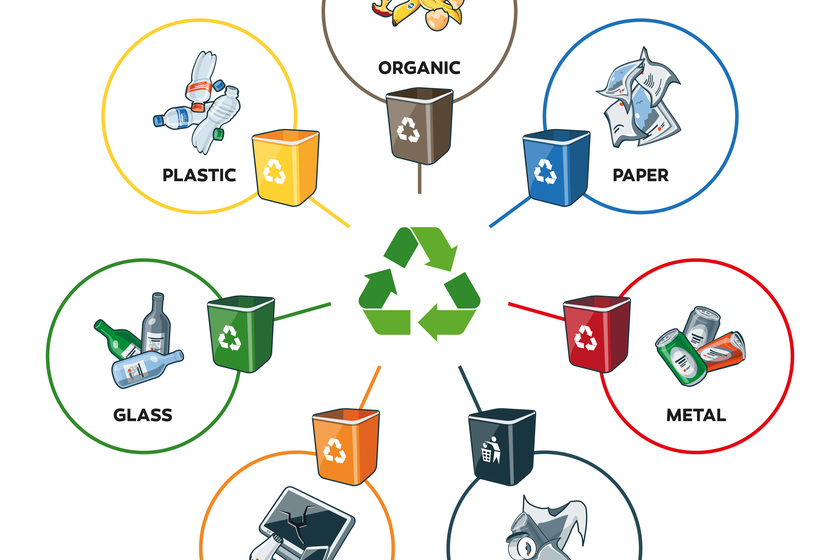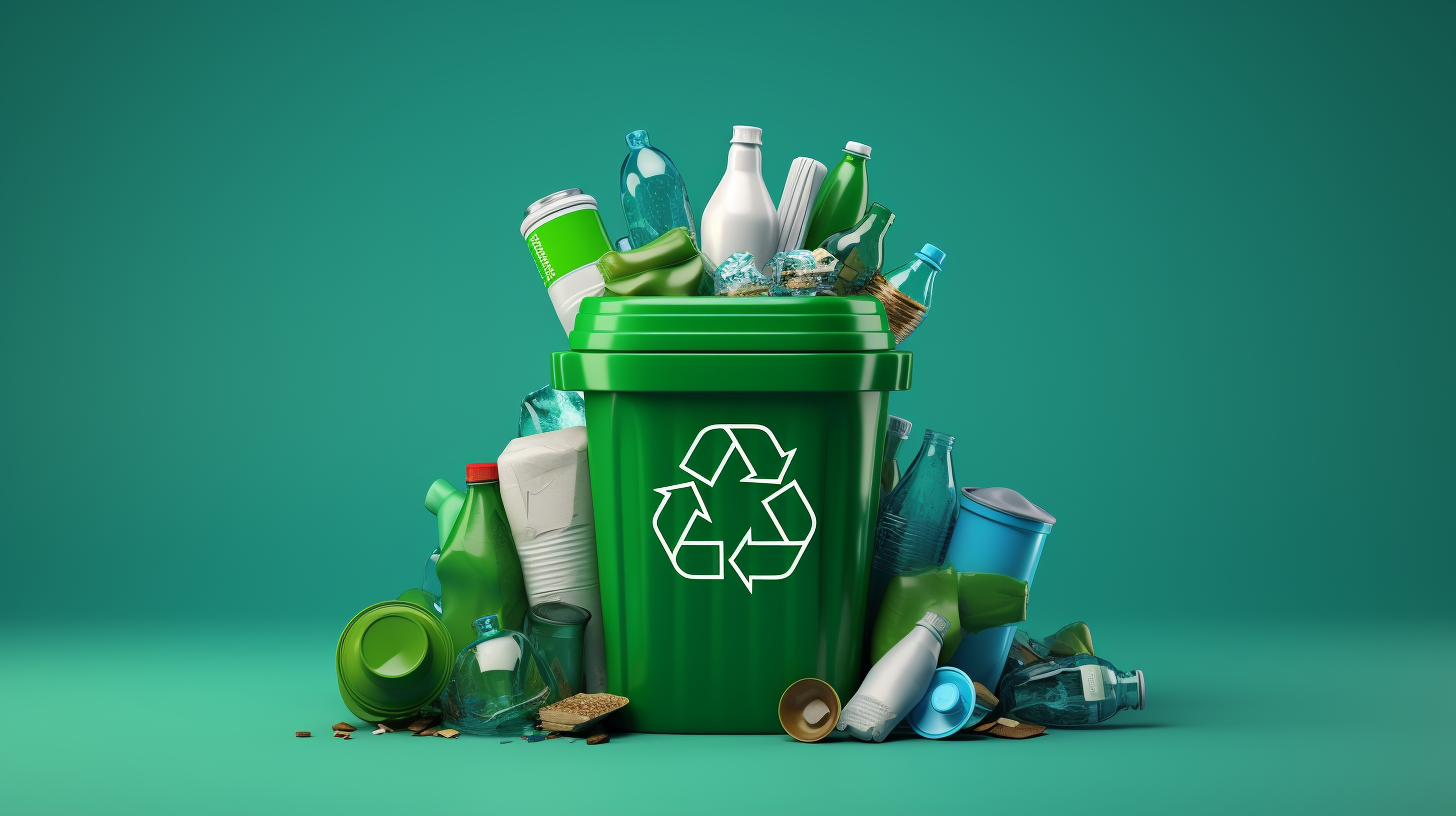Why Select Recycling Lives Services for Your Waste Management Demands
Why Select Recycling Lives Services for Your Waste Management Demands
Blog Article
Discovering Various Sorts Of Waste in Modern Waste Management Solution
The modern landscape of waste management entails browsing a complicated range of waste kinds, each requiring specialized handling and disposal methods to reduce environmental impacts. Community strong waste, contaminated materials, digital waste, and natural waste each existing unique challenges and chances for resource healing. Cutting-edge options such as smart waste bins and waste-to-energy technologies are becoming essential devices in enhancing performance and sustainability. Understanding these waste types is vital for cultivating public recognition and motivating active engagement in sustainable techniques. What techniques can successfully resolve these diverse types of waste while advertising a round economy?
Community Solid Waste
Municipal strong waste, commonly described as house trash or trash, incorporates a selection of disposed of materials generated by residential, industrial, and institutional resources within a community. This waste stream normally includes things such as product packaging, food scraps, yard trimmings, paper, plastics, fabrics, and thrown out house goods. The management of metropolitan solid waste is a vital part of city planning and public wellness, demanding effective collection, transportation, and disposal systems.
Reliable waste management systems are designed to lessen ecological impact while making best use of resource healing. This commonly includes a combination of techniques consisting of landfilling, composting, and recycling. Reusing programs target materials like paper, glass, steels, and certain plastics, diverting them from landfills and reestablishing them into the manufacturing cycle. Composting organic waste, such as food scraps and backyard trimmings, not just lowers garbage dump usage however likewise produces beneficial soil amendments.
Municipalities need to also attend to the economic and logistical difficulties connected with waste management. Executing pay-as-you-throw systems, boosting public awareness, and purchasing modern technology can dramatically improve waste diversion rates. By incorporating these practices, municipalities can promote sustainable neighborhoods, lower greenhouse gas emissions, and preserve natural deposits.
Contaminated Materials

Effective hazardous waste management involves a number of important actions: identification, partition, disposal, and treatment. Identification involves the classification of waste based upon its harmful properties. Partition guarantees that harmful materials are kept individually from non-hazardous waste to stop cross-contamination. Treatment methods, such as chemical neutralization, incineration, and stablizing, are employed to minimize the toxicity, quantity, or wheelchair of the waste. Finally, disposal choices, including safe and secure landfills and underground storage space, are picked to ensure long-term control.
Governing structures, such as the Resource Preservation and Healing Act (RCRA) in the USA, offer guidelines and requirements for hazardous waste monitoring. Adherence to these guidelines, combined with advancements in waste therapy innovations, is crucial in minimizing the threats linked with hazardous waste.
Electronic Waste
Digital waste, generally described as e-waste, stands for a swiftly growing difficulty in waste management systems around the world. This sort of waste includes disposed of digital tools and tools such as smart devices, computers, televisions, and other electronic appliances. The quick rate of technological innovation, combined with decreasing product life-spans and customer need for the most up to date gadgets, has greatly increased the volume of e-waste produced annually.
E-waste is especially bothersome due to its complicated make-up, commonly containing hazardous compounds like cadmium, mercury, and lead, which posture substantial environmental and wellness threats if not effectively handled. Alternatively, e-waste likewise has valuable products such as silver, copper, and gold, which can be recuperated and reused. The twin nature of e-waste-- both beneficial and harmful-- requires specialized handling, reusing, and disposal processes.
Efficient e-waste monitoring entails strict governing frameworks, robust collection systems, and progressed reusing technologies. Public awareness and involvement are essential, as incorrect disposal practices, such as unlawful disposing and informal recycling, intensify ecological contamination and carcinogen. Subsequently, boosting e-waste management practices is crucial for minimizing environmental impact and recouping useful resources in an increasingly electronic world.

Organic Waste
Organic waste, making up kitchen area scraps, lawn trimmings, and farming deposits, stands for a considerable section of the international waste stream. This type of waste is biodegradable, suggesting it can be broken down by microbes into less complex natural substances. Despite its capacity for natural decay, inappropriate administration of natural waste can lead to image source damaging environmental influences, consisting of the emission of greenhouse gases such as methane, which add to environment adjustment.
Reliable management of natural waste is important for decreasing these environmental impacts (recycling lives services). Composting is a widely embraced approach, changing natural waste into nutrient-rich compost that can improve soil health and agricultural performance. Furthermore, anaerobic digestion is an best site arising modern technology that transforms natural waste into biogas, a renewable resource source, and digestate, which can be used as plant food
Municipalities and waste monitoring entities have to carry out durable natural waste collection and therapy programs to make the most of the advantages of these procedures. Public education projects can also play a critical role in motivating households and organizations to different natural waste from other kinds of waste. By prioritizing the monitoring of natural waste, cultures can decrease landfill use, lower greenhouse gas exhausts, and create valuable results for farming usage.

Ingenious Waste Monitoring
In the world of waste administration, cutting-edge methods are transforming how cultures manage their refuse, going for sustainability and effectiveness. These improvements encompass a series of technologies and methods that boost recycling prices, reduce land fill dependency, and reduced ecological impact. One popular technology is the application of smart waste bins furnished with sensing units that keep track of fill levels and enhance collection paths. This not only lowers fuel consumption yet likewise decreases greenhouse gas emissions.
An additional noteworthy development is the adoption of waste-to-energy (WtE) modern technologies. By converting non-recyclable waste into useful power with procedures such as incineration and anaerobic digestion, WtE lowers garbage dump problem and provides a renewable resource resource. Improvements in chemical reusing permit for the break down of complicated plastics into their original monomers, allowing the creation of brand-new, high-quality plastic items.
Moreover, the round economy model is getting grip, emphasizing the design of products and systems that focus on reusability and resource effectiveness. This all natural method encourages sectors to decrease waste generation from the start. With these ingenious techniques, modern waste administration systems are not just dealing with the instant obstacles of garbage disposal yet likewise paving the way for a much more sustainable future.
Final Thought
An extensive understanding of municipal solid waste, contaminated materials, electronic waste, and organic waste, coupled with the implementation of cutting-edge waste monitoring remedies, is essential for minimizing ecological influences. Integrating innovations such as wise waste bins and waste-to-energy systems can boost performance and sustainability. Reliable waste monitoring methods not only foster resource healing however also advertise public recognition and engagement, ultimately adding to the development of a round economic situation.
The contemporary landscape of waste management includes navigating a complex selection of waste types, each calling for specialized handling and disposal techniques to reduce environmental impacts. a knockout post Municipal solid waste, harmful waste, digital waste, and natural waste each existing distinct difficulties and possibilities for resource recuperation.Electronic waste, typically referred to as e-waste, stands for a swiftly growing obstacle in waste management systems around the world. With these innovative strategies, contemporary waste monitoring systems are not just addressing the prompt difficulties of waste disposal but likewise leading the method for a much more sustainable future.
A detailed understanding of local strong waste, hazardous waste, electronic waste, and natural waste, coupled with the application of ingenious waste monitoring remedies, is imperative for minimizing environmental effects. (recycling lives services)
Report this page